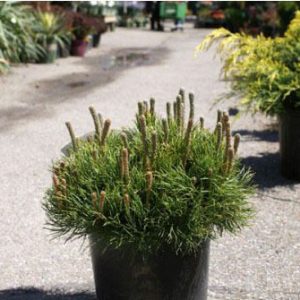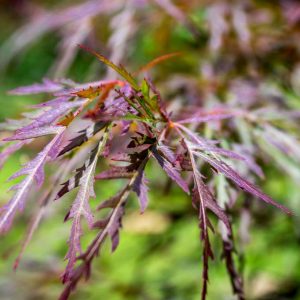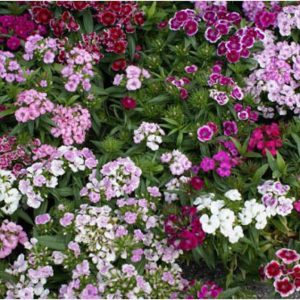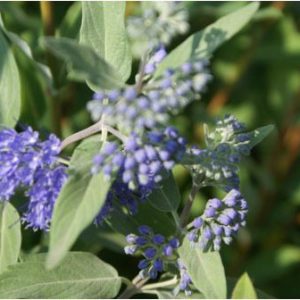Description
Athyrium – Lady Fern
There are 180 deciduous species of terrestrial and a few epiphytic ferns, in this genus. They are found mainly in moist alpine, woodland or forest in temperate and tropical regions in most of the world. They bear erect or creeping sometimes branched rhizomes. It bears grooved stems that hold pinnate to 3 pinnate or pinnatifid fronds. Sori form in 2 rows and are usually covered by ‘J’ shaped covering. Their well suited for a range of sites, from a shady sites to a woodland setting and of course a great hardy houseplant.
When grown indoors place in a setting with humid atmosphere and plant in 1 part, of loam, 1 part medium grade bark, and charcoal, 2 parts sharp sand, and 3 parts coarse leaf mold. Do not allow to dry out. Place in bright filtered light. During growing season water freely and apply a half strength fertilizer monthly, water more sparingly in winter.
When grown outdoors place in shade in moist, fertile, neutral to acidic soil, enriched with leaf mold or compost. Divide in spring.
Prone to rust.
Athyrium filix-femina Cruciatum Group – Asplenium filix-femina Cruciatum Group – Lady Fern – This variable cultivar found in Northeastern America, deciduous fern, grows 3’ feet tall and spreads to 24-36” wide. It produces erect rhizomes and usually lance shape 2 or 3 pinnate or pinnatifid, crested, light green fronds to 12-24’ inches long. The red-brown stalks are borne erect but may arch outwards with age. The individual segments are variably in size but are usually elliptic with pointed tips with each segment branching at the midrib producing the effect of a row of crosses.
Zones 5-10





